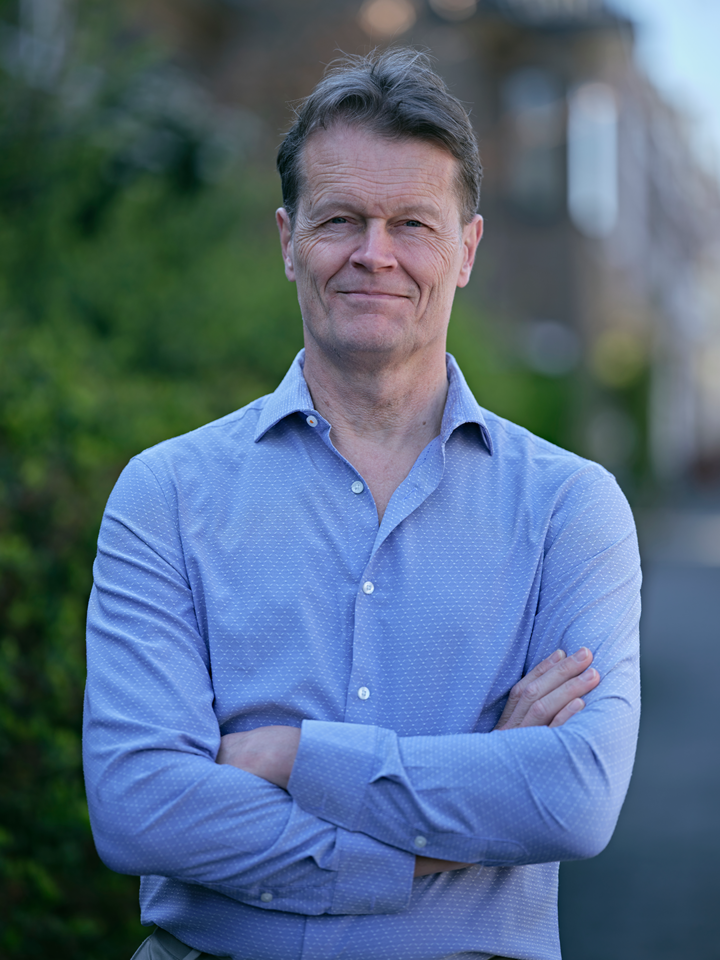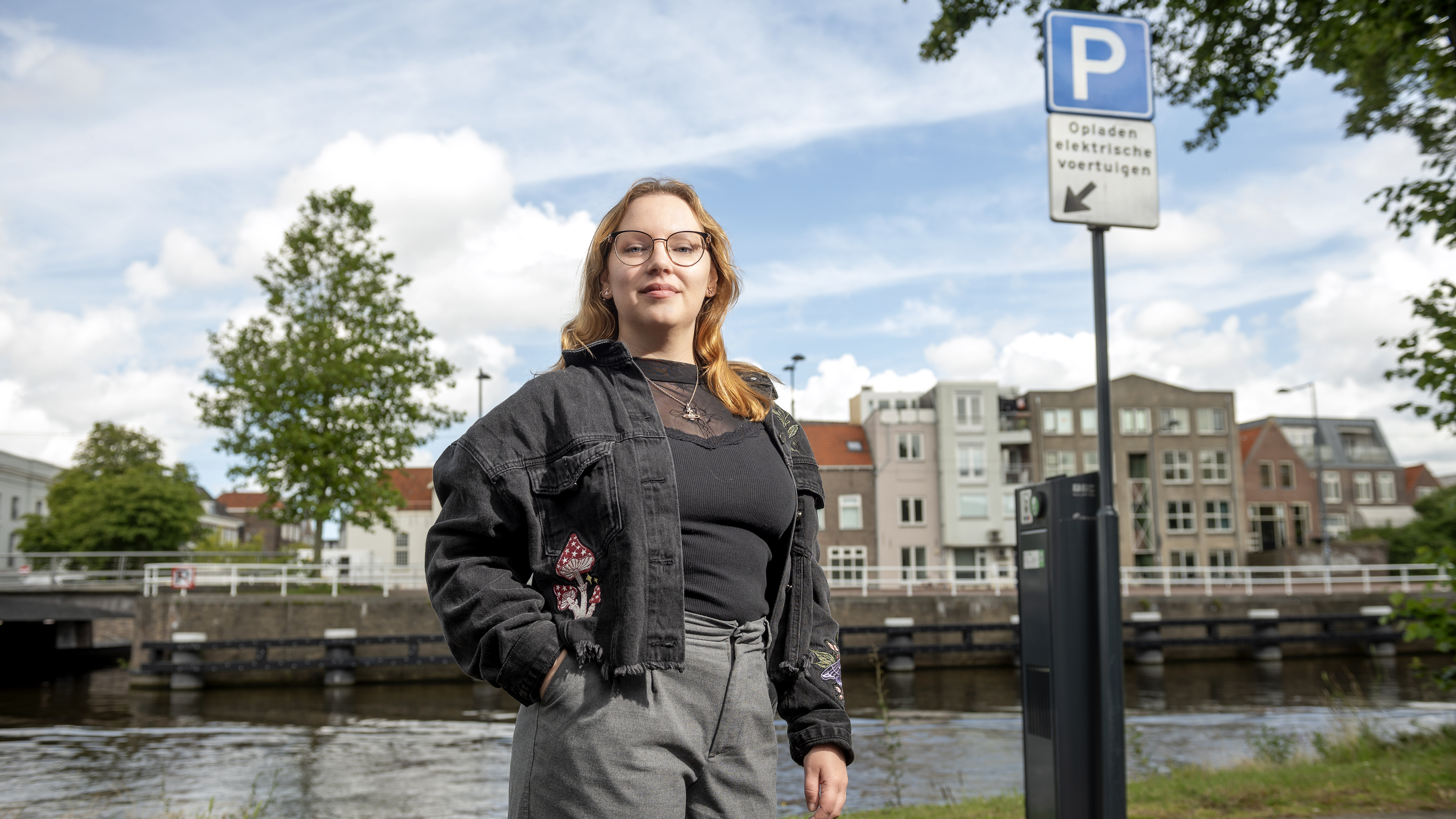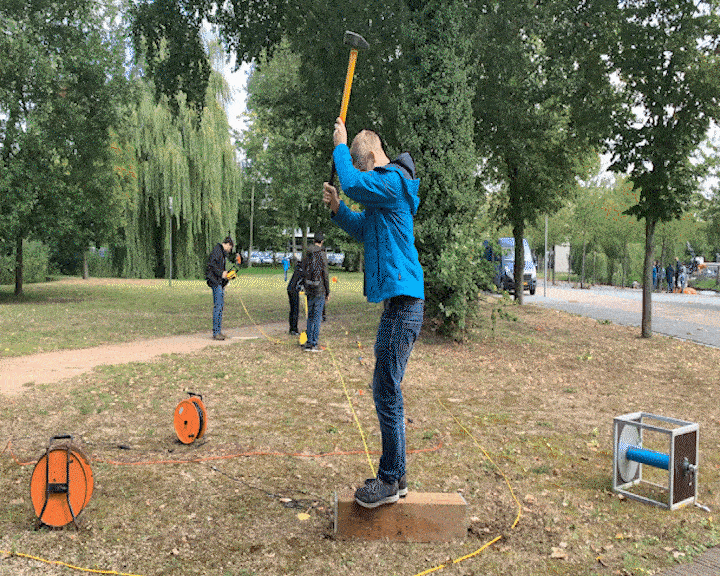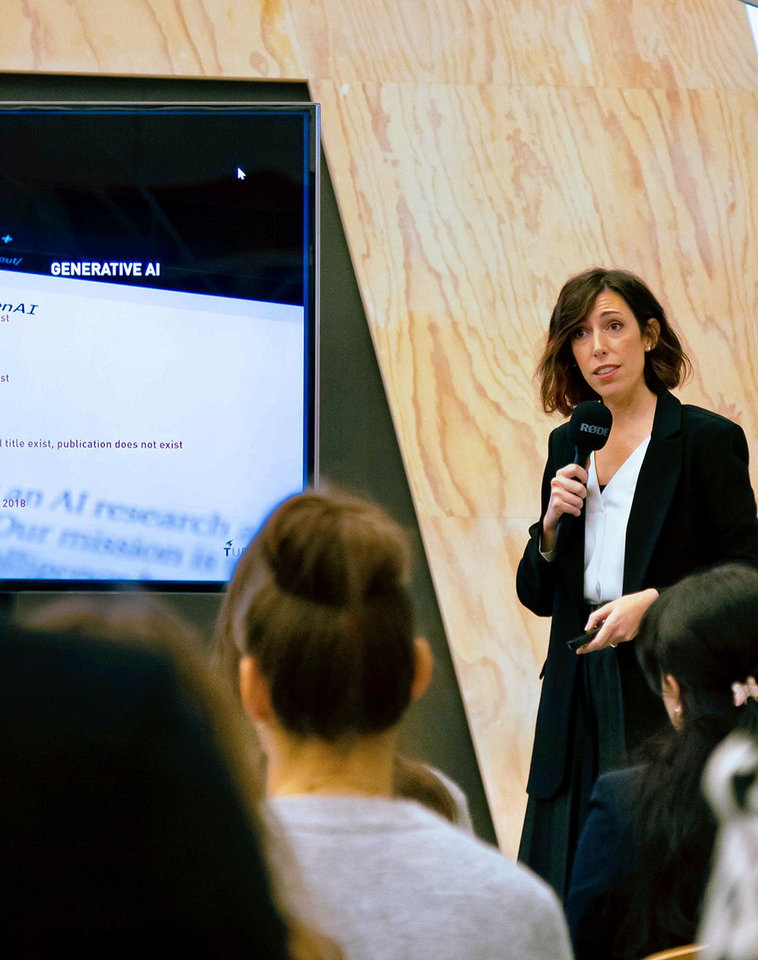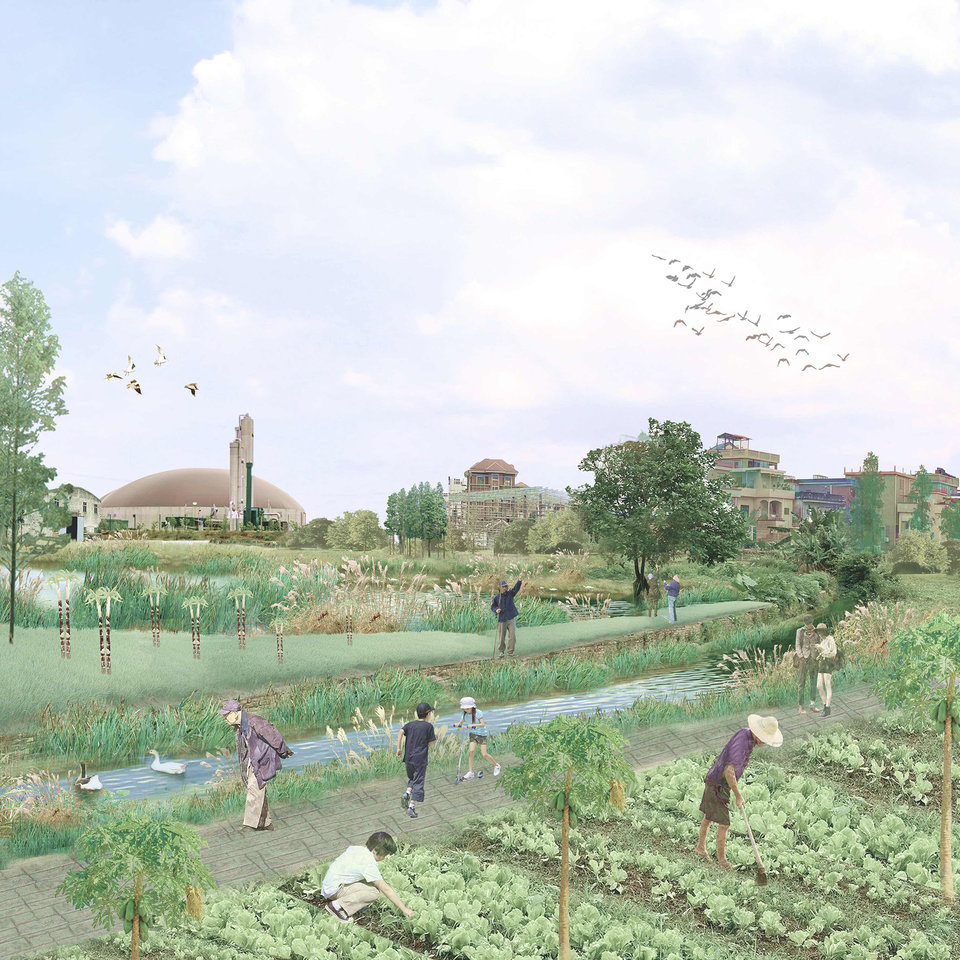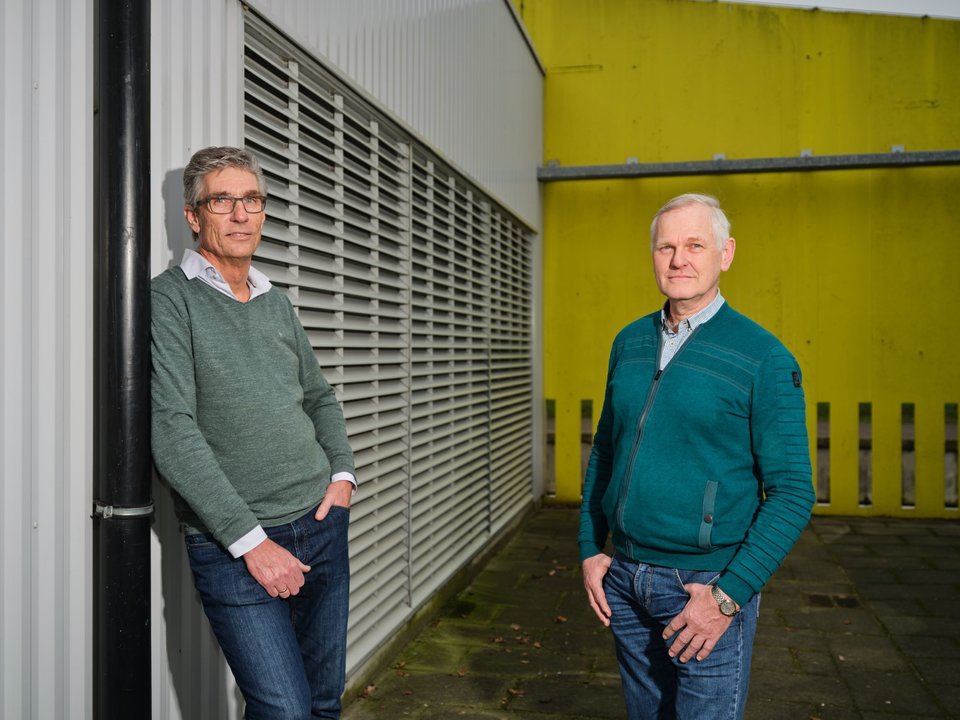A good charging infrastructure for electric vehicles is not just about placing charging stations here and there. It requires careful research into who uses the stations and how they can manage the power supply in a smart way. Mylène van der Koogh illustrates the advantages and disadvantages of various charging scenarios through simulations. She also considers groups for whom electric driving is currently less accessible. This aims to create a more inclusive mobility system.
With an increasing number of electric vehicles on the road, the number of public charging stations is also growing. The locations of these stations are often based on usage: if a charging station is frequently used, a municipality is likely to install additional charging stations at that location. This sounds logical, but according to researcher Mylène van der Koogh, this demand-driven approach is not always the best solution. “If you look solely at usage data, you assume that usage occurs at the location of the demand. But it could also be that a charging station is used by someone who lives four streets away. For example, because there’s no charging station in their own street, or the one there is already in use. In that case, charging takes place somewhere other than where the actual demand is.”
Research into charging infrastructure
This so-called ‘spillover effect’ is one of the phenomena Van der Koogh examines in her research into the infrastructure of public charging stations. “For such infrastructure, it’s important to have a clear understanding of the user. You not only need to know where the demand is exactly, but also when people use charging stations and whether the stations are easily accessible. In addition, you need to look at the total electricity demand in a neighbourhood. In more and more places, the power grid is becoming overloaded. So, you can’t just place charging stations anywhere. Another consideration is that creating more parking spaces for electric vehicles means fewer spaces for diesel and petrol cars. Especially in urban areas, this requires careful considerations.”
Making charging stations more accessible
Another aspect in the development of a good charging infrastructure is to take into account the future use of electric vehicles. It is important to also consider groups that currently make little use of electric mobility, says Van der Koogh. “In recent years, mainly people from higher socioeconomic classes have driven electric cars. We are now seeing this change to a broader group. If you base your choices solely on the first group, you will end up with huge clusters of charging stations in certain neighbourhoods. This results in an unbalanced distribution of chargers. In the U.S., you see huge differences between neighbourhoods in some cities. If you want to make electric driving widely accessible, you also need to install charging stations in neighbourhoods with many low- and middle-income households. These groups may also show different mobility patterns. You need to study these differences as well.”
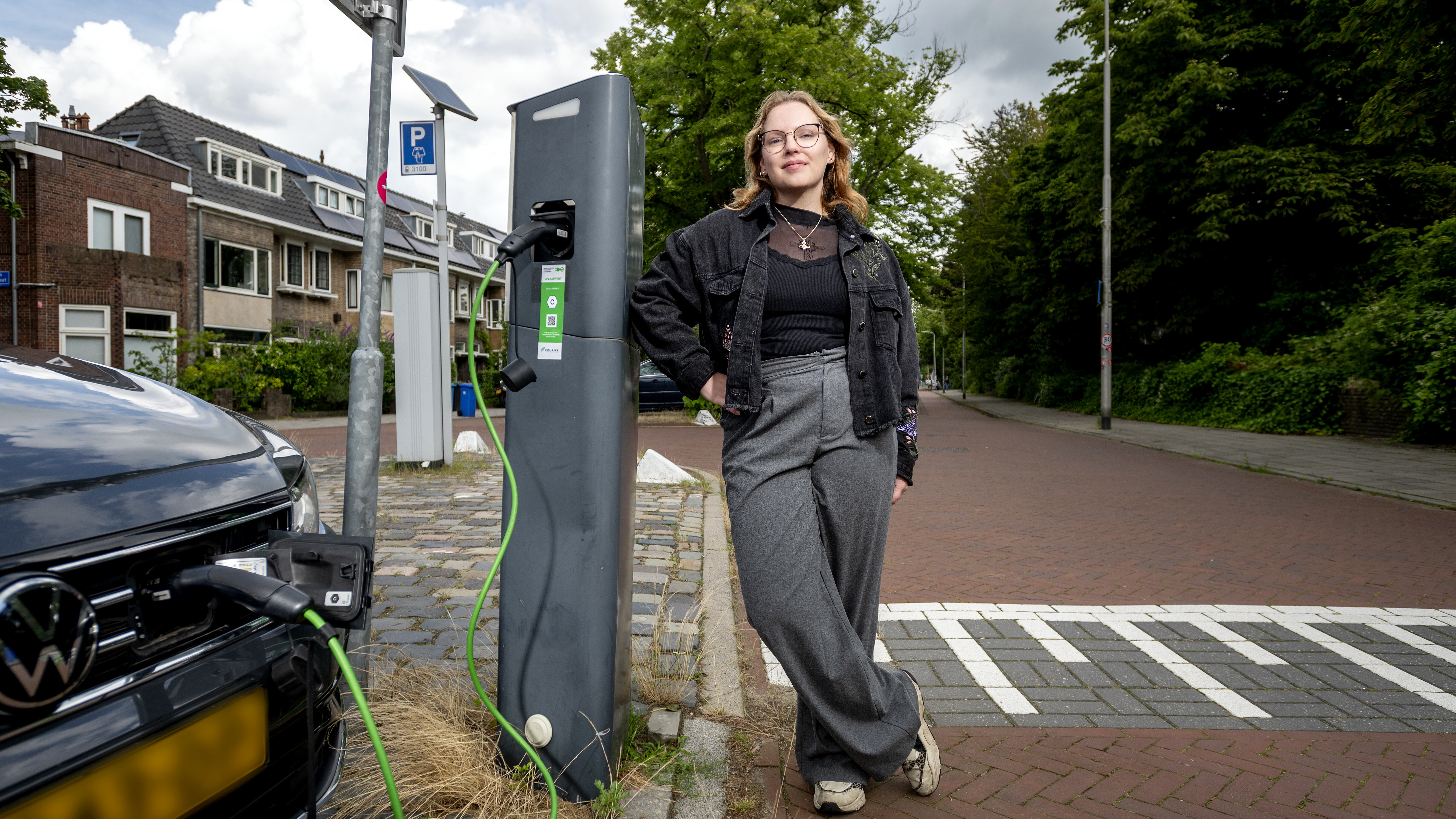
Demonstrating different scenarios
To help policymakers make informed choices, Van der Koogh developed a simulation model. She used data from charging stations in the Amsterdam district of Bos en Lommer. “In nine neighbourhoods, we looked at usage patterns. Which stations are used the most, when does someone plug in their car, how long does a charging session last, and when does someone unplug? I processed this data into an agent-based model. In such models, interactions between people, things, places, and time are studied. I applied three scenarios: one based on current usage, one based on the expected growth of electric vehicles, and one based on the total number of households in a neighbourhood. In the last scenario, there’s the most even distribution because it doesn’t take into account how many electric vehicles there are now.”
Changed behaviour due to COVID-19
When Van der Koogh wanted to start collecting data, she encountered a significant hurdle: COVID-19. “The COVID-19 crisis posed a considerable challenge. The crisis had a major impact on mobility flows. People suddenly started working from home en masse, leading to significant changes in charging station usage. Cars were charged less often and at different times. What was interesting, though, was that it became clear that charging station usage behaviour is largely related to commuting patterns. To still get a good picture of charging behaviour under normal circumstances, I used only data from after the lockdowns for the simulation model.”
I’ve increasingly realised that change is not achievable without involving the entire society.
Considerations by location
According to Van der Koogh, the different scenarios show how users behave with a certain infrastructure and what the effects are of expanding this infrastructure. “You can see the strengths and weaknesses of each scenario. There isn’t one optimal scenario. Policymakers will have to make considerations per location. Thanks to scenarios, they better know what to focus on. If you see in a scenario that a spillover effect occurs somewhere, you can choose to place additional charging stations in a different location. In follow-up research, it may be interesting to explore how you can combine different scenarios or optimise the placement of infrastructure, taking into account multiple objectives.”
Conditions in tenders
To successfully roll out strategies, policymakers depend on other parties. How do you ensure, for example, that companies install charging stations in neighbourhoods where there are currently few electric cars? After all, this is less profitable. Van der Koogh says: “As a municipality, you can set conditions in tenders. For example, you can require a charging company to make a portion of the charging stations available in locations that are not yet profitable. You can potentially compensate for this with a subsidy. What is also important in tenders is to build in more flexibility. If the execution faces significant delays, you can more easily switch to another contractor. Otherwise, the user is left waiting endlessly.”
Beyond mobility alone
Solutions also exist for the challenges around an overcrowded electricity grid, also known as grid congestion, says Van der Koogh. “It’s necessary to strengthen the grid, but in the meantime, you can work on other solutions, such as smart charging stations. These stations adjust their charging times to the available amount of electricity, allowing you to charge with reduced capacity. For example, by charging more slowly or more during off-peak hours. Ultimately, the energy transition requires a broader perspective for each neighbourhood or city. Mobility is one piece of the puzzle, but you also have to deal with households that need to transition off gas, making them more dependent on the electricity grid. You can’t see these things separately.”
It's about people
The human aspect is what Van der Koogh finds most interesting about her research. “Especially when it comes to inclusivity. I got into this subject because of my interest in climate change and the energy transition. But I’ve increasingly realised that change is not achievable without involving the entire society. A feasible transition is an inclusive transition. We as researchers play an important role in this, among other things, by showing what the impact of certain choices is and how you can ensure that you take as many people as possible into account. For this, you need to understand what these people do and how different activities are connected. With my work I hope to contribute to these insights.”

